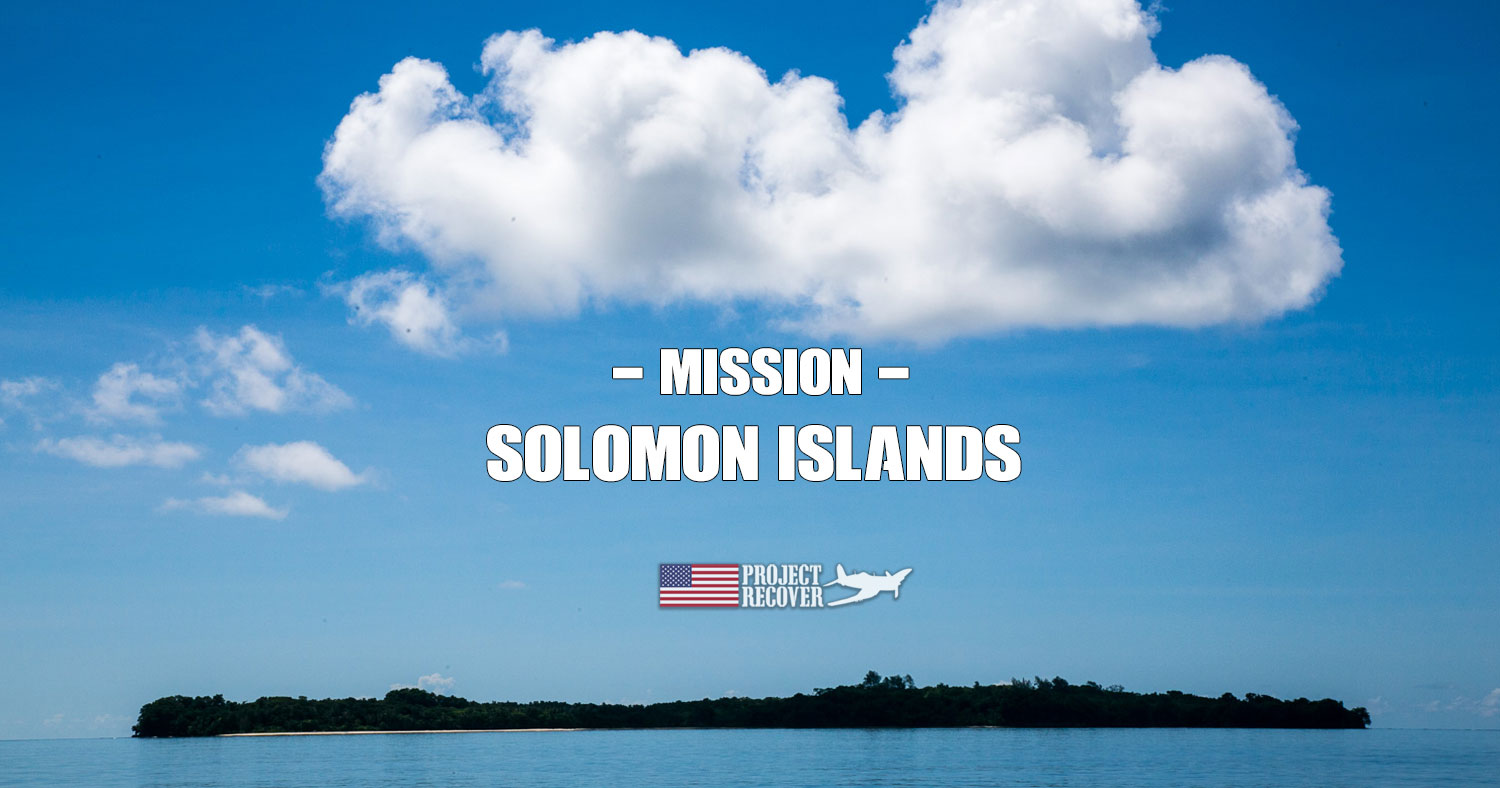
Team Heads Out to Find Solomon Islands MIAs
Solomon Islands, South Pacific, June 2018: In June, Project Recover headed to the Solomon Islands for a two-week mission to find Solomon Islands MIAs. This was a fact-finding mission; a blend of searching and documenting particular locations to gather more information on known “targets of interest.”
Missions require a dedicated team. Every mission draws expertise from around the world in diving, marine archaeology, photography, and sonar. Team members included Dan O’Brien (team leader), Derek Abbey (sonar assist), Megan Lickliter-Mundon (archaeologist), Charlie Brown (camera assist), Jeff Lynett (sonar), Ewan Stevenson (Solomon research specialist and guide), Tony Burgess (archaeologist assist), and myself, Harry Parker (photographer.)
A trip like this one to find Solomon Islands MIAs is a feat in logistics. Preparation takes the better part of a year. While all the ‘targets’ are known, their locations are not. Our time and numbers are limited. Immersing ourselves in teamwork is critical to the success of our mission.
This post is first in a 3-part series describing our mission to find Solomon Islands MIAs. It provides a glimpse of what a mission is like. Although we love sharing our missions with our followers, some of the information from our missions is withheld in order to protect the families and the sites.
Hi-tech Logistics
The first task was just getting there.
I am a skydiver/BASE jumping photographer by trade, and I am used to traveling light. Gone are the days of just a camera, a BASE rig, and some climbing equipment crammed into one bag and a carry-on. Now it’s multiple luggage carts, van taxis, and early arrivals for setup. High tech gear created its own logistical issues.
Soft bags are replaced by Pelican Cases to carry sensitive equipment. Their paperwork called Carnets (pronounced kar-nay) shows Customs the valuable equipment is privately held and whatever is traveling into the country will be traveling back out. Everything would be checked manually by Customs, every time. Anticipating delays, we arrived hours early, always.
To find Solomon Islands MIAs, we traveled more than 7,000 miles. Dan, Charlie, and I traveled for three solid days to reach our destination. We arrived early to set up electronics, charge batteries, and run supply errands. Then we picked up our government permit and met with local historians and WWII buffs for the latest local intel. Finally, it was a great opportunity to detox from our internet addictions and acclimate to the 20+ hour time difference and near 100% humidity. When the rest of the team arrived, we were ready.
WWII History
The Solomon Islands is steeped in WWII history. Every island was affected by WWII. The area was deeply embroiled in the fiercest of land and sea battles. Formerly Savo Sound, Guadalcanal’s The “Iron Bottom Sound” is nicknamed for a reason. The site of numerous bombings, battles, and supply chains, the sound is filled with over 50 sunken frigates, battleships, submarines, and airplanes.
Once settled, we took a break to visit the Vilu War Museum. It is deep in the jungle, at least 25 kilometers from town. The museum is basically the work of an entrepreneur. He spent decades collecting all kinds of wrecks from the jungle. The relics are mostly Japanese and American aircraft, but also include land artillery and tanks. The pieces are placed with care in the Museum’s Memorial, Garden, and Sanctuary.
The excursion was not just a tourist destination for us. Dan used the trip to school us in identifying a variety of aircraft; Japanese and American, carrier and land-based, Every outing is focused on our mission to find Solomon Islands MIAs.
Once the team arrived and settled in, we meet the local counterpart to our sonar team. They are attached to the Explosive Ordnance Disposal (EOD) area at “Hell’s Point.”
Hell’s Point is a multi-nationally funded effort to clear out a munitions depot that blew up during the war spreading and burying tons of unexploded ordnance. The task is mind-boggling. We also met some of the international delegations of experts in sonar and ordinance. It quickly became another lesson in history and the ravages of war.
Heading Out
By Day 4, we completed our final preparations and were ready to embark on the diving portion of our mission to find Solomon Islands MIAs. As I write and click send, luggage is being hurried out the door to be loaded onto our liveaboard diving ship and Project Recover’s HQ for the next week.
Stay tuned for more stories and pics as we share our mission to find Solomon Islands MIAs with you. Learn more about training and using technology for search and recovery of MIAs.
Feel free to leave comments or suggestions below.
Harry Parker, Photographer
Read other posts about Project Recover’s 2018 MIA Search in the Solomon Islands:
- June 2018 – Post 2 – Scuba Diving MIA Crash Sites
- June 2018 – Post 3 – The Solomons MIA Search Mission – What Happened
Read posts related to Project Recover’s MIA Search in Palau
- June 2017 – Charlie Brown – Mission to Find the MIA and Executed
- June 2017 – Glenn Frano – Searching for Executed WWII MIA and Innocents in Palau
- June 2017 – Derek Abbey – Palau WWII POW search
- July 2018 – Glenn Frano – Execution of WWII POWs and Innocents in Palau


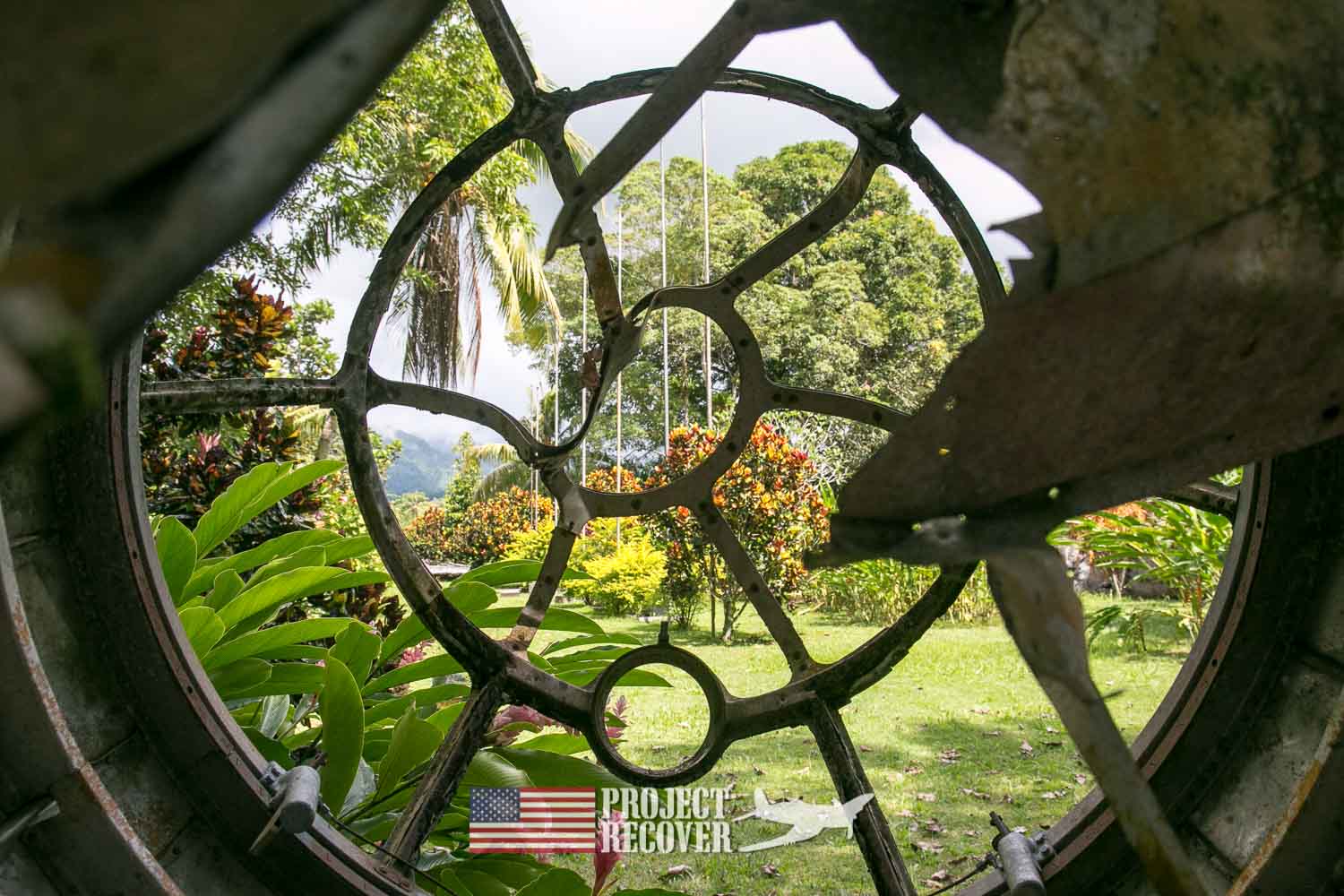
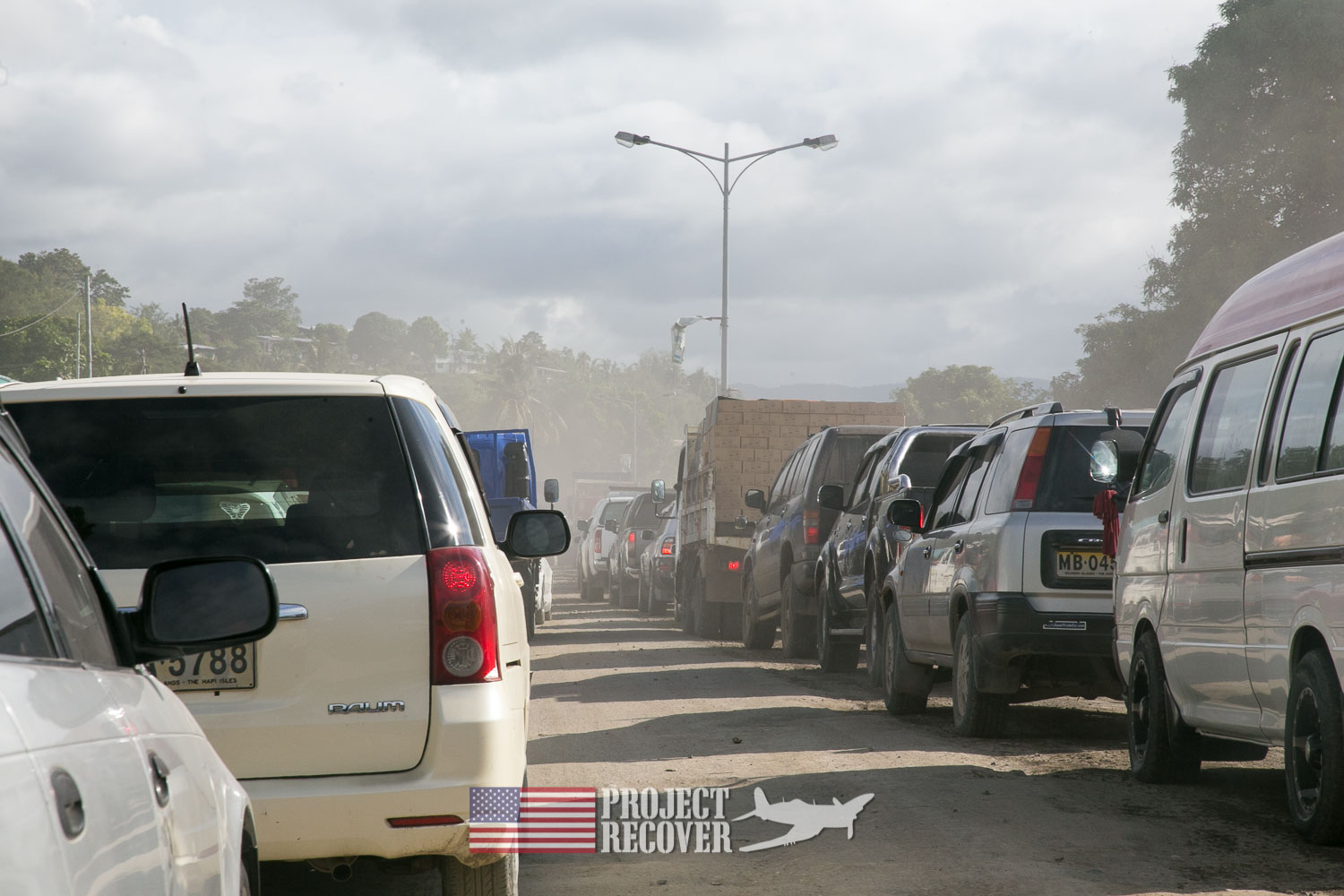
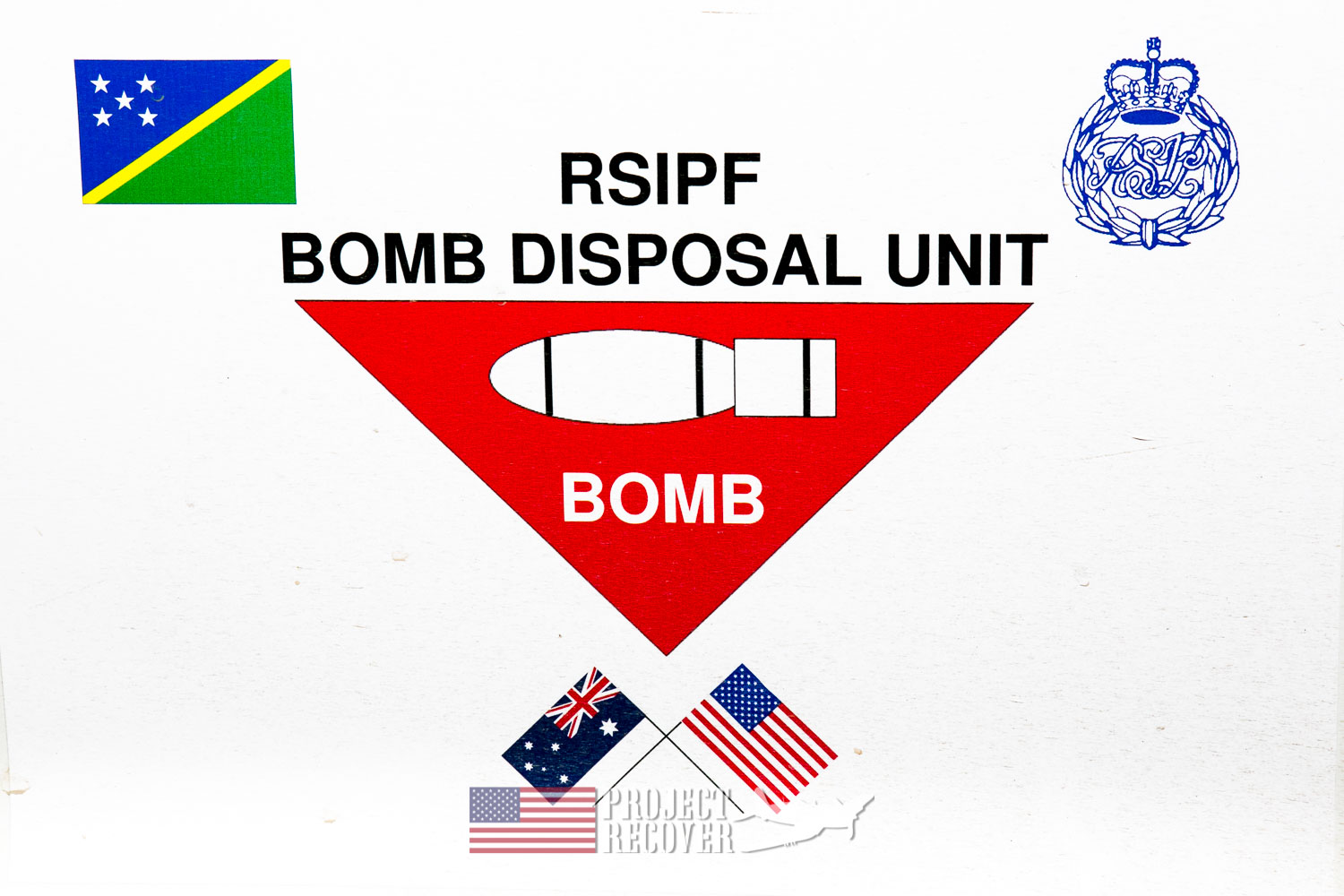
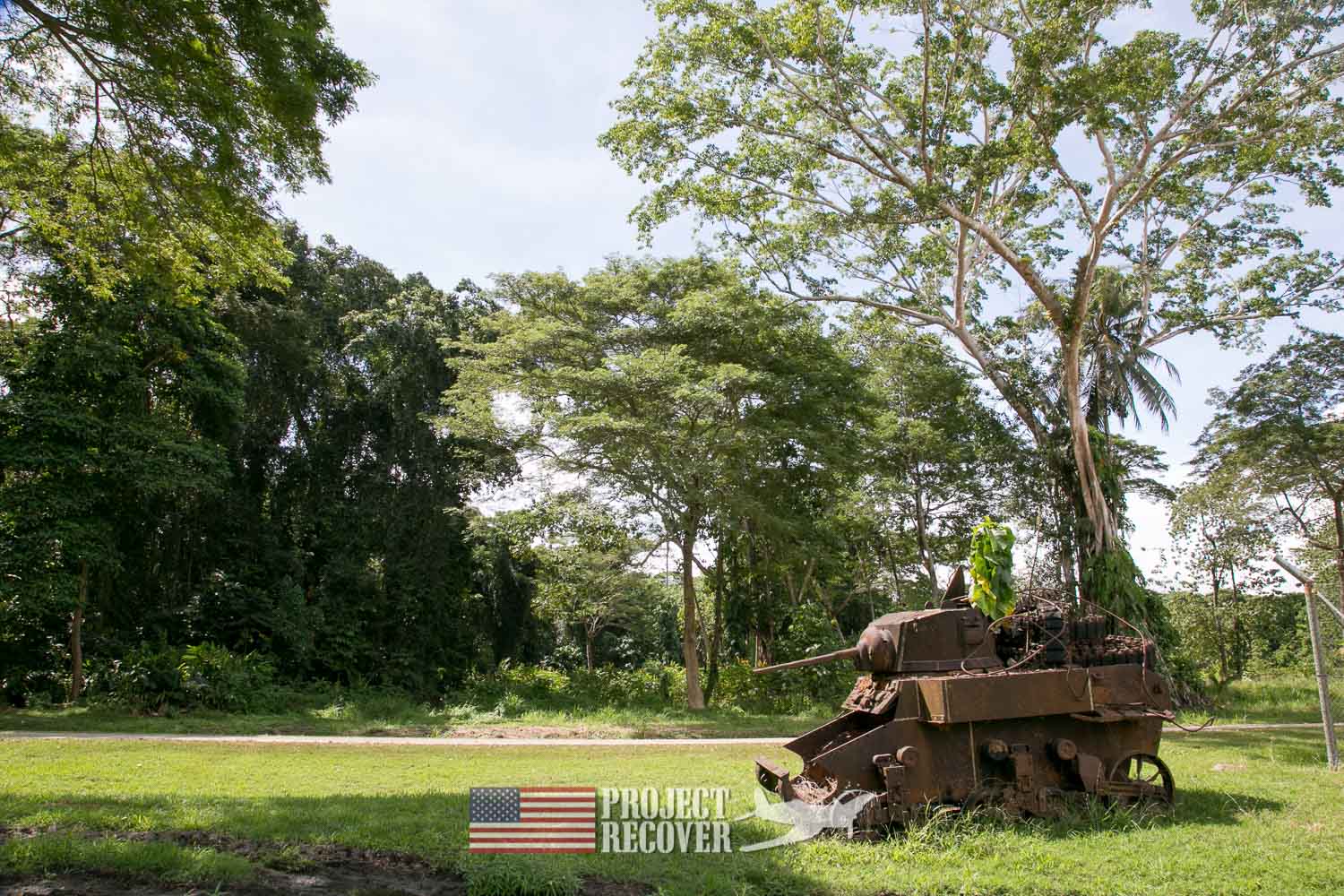
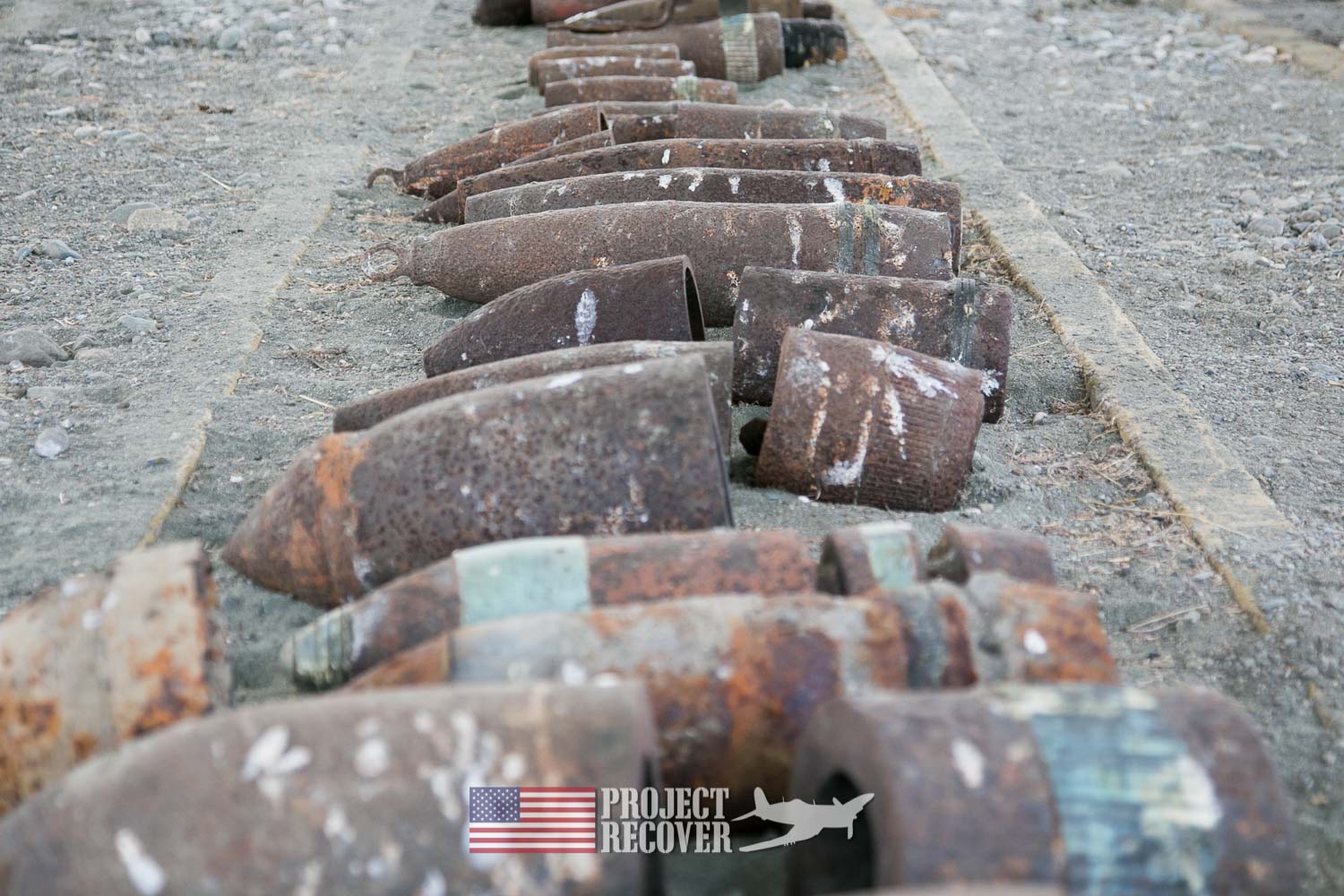
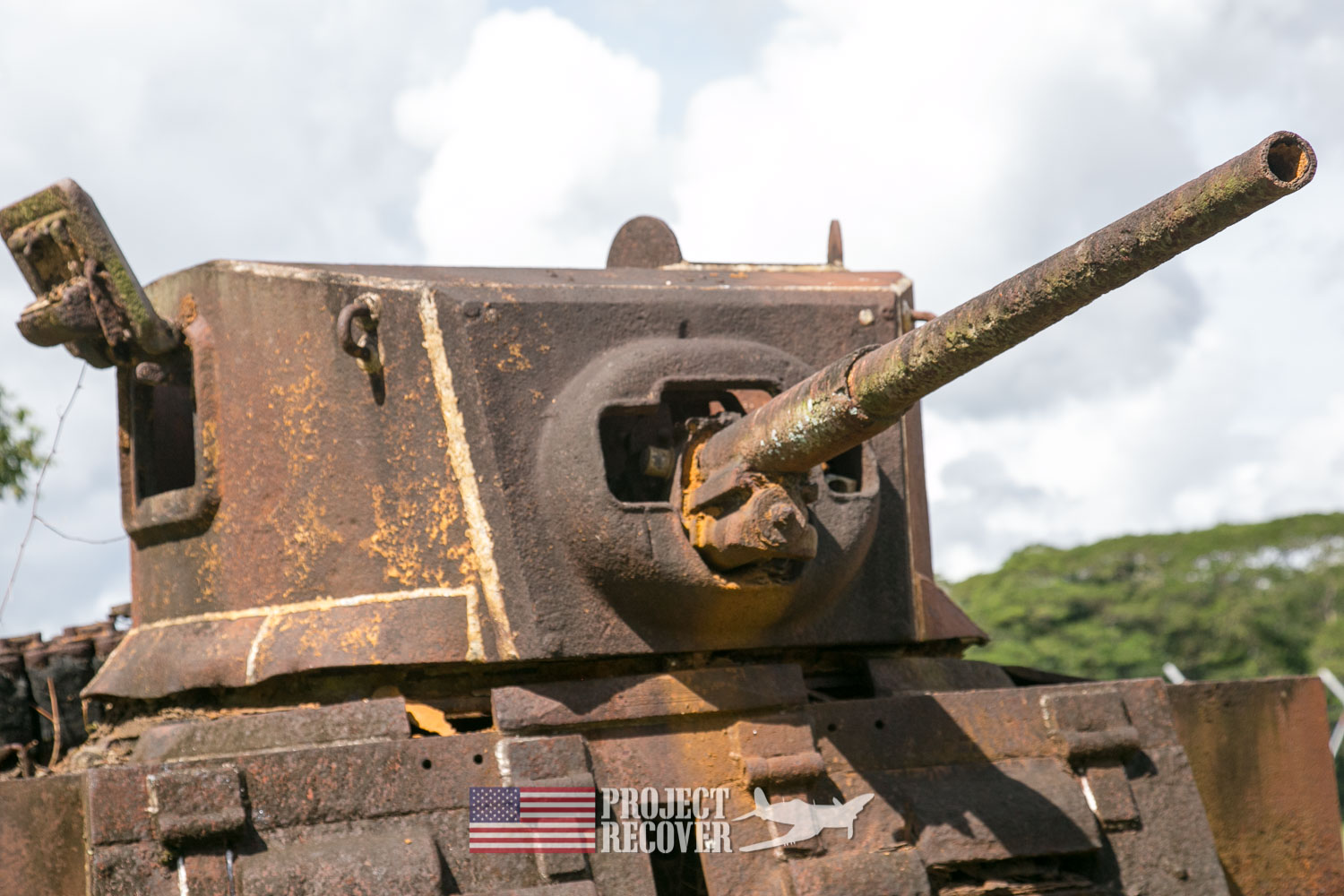
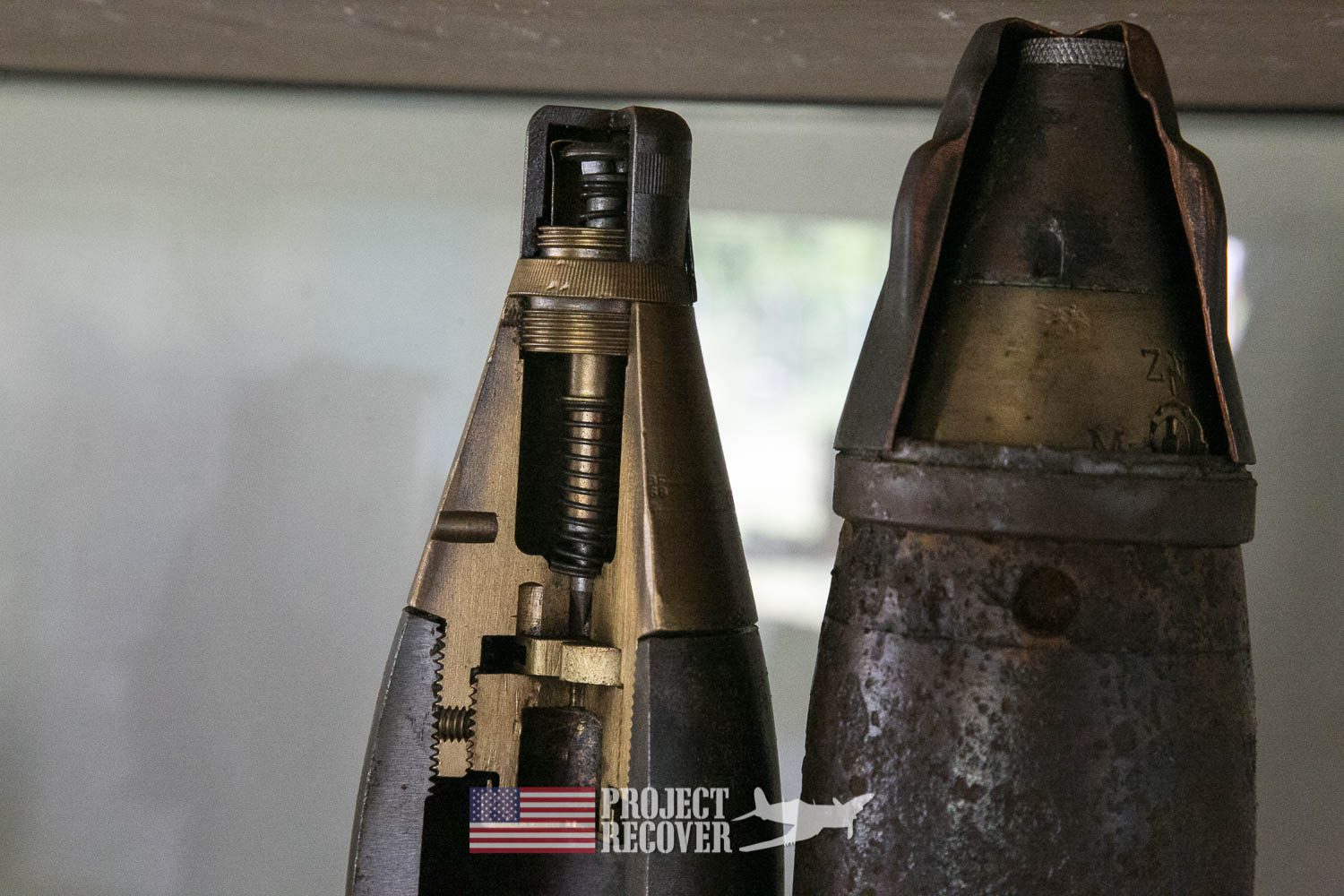
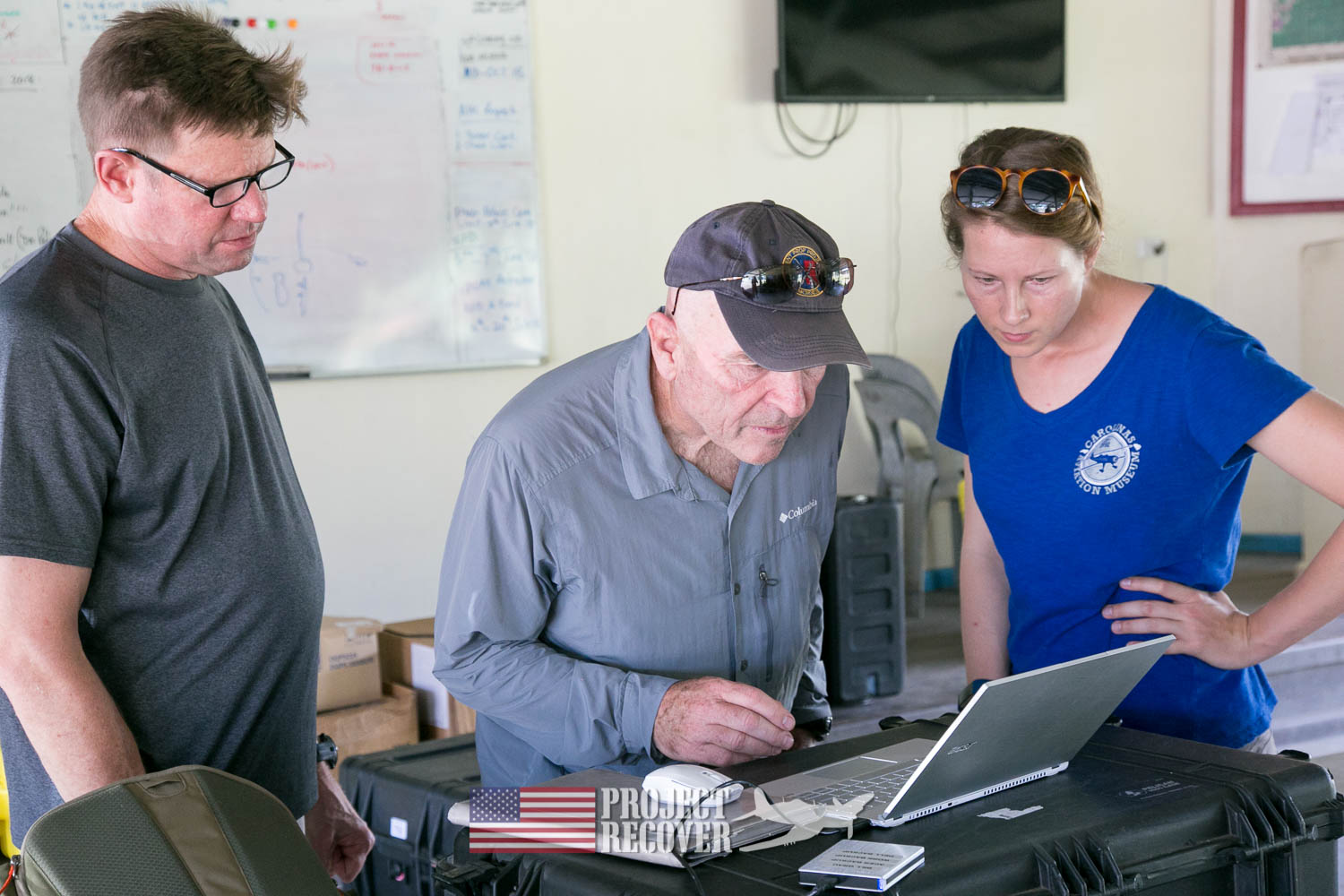
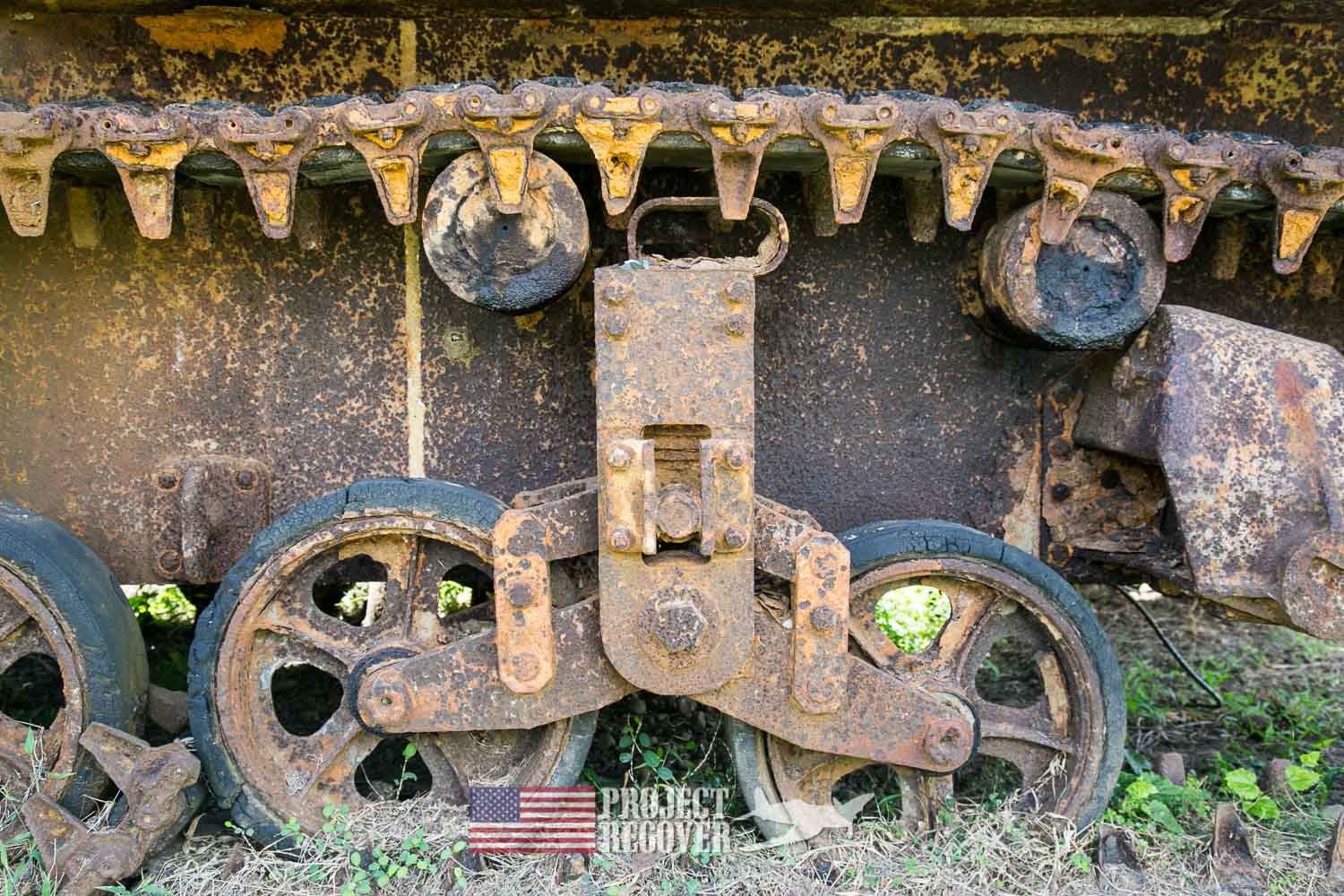
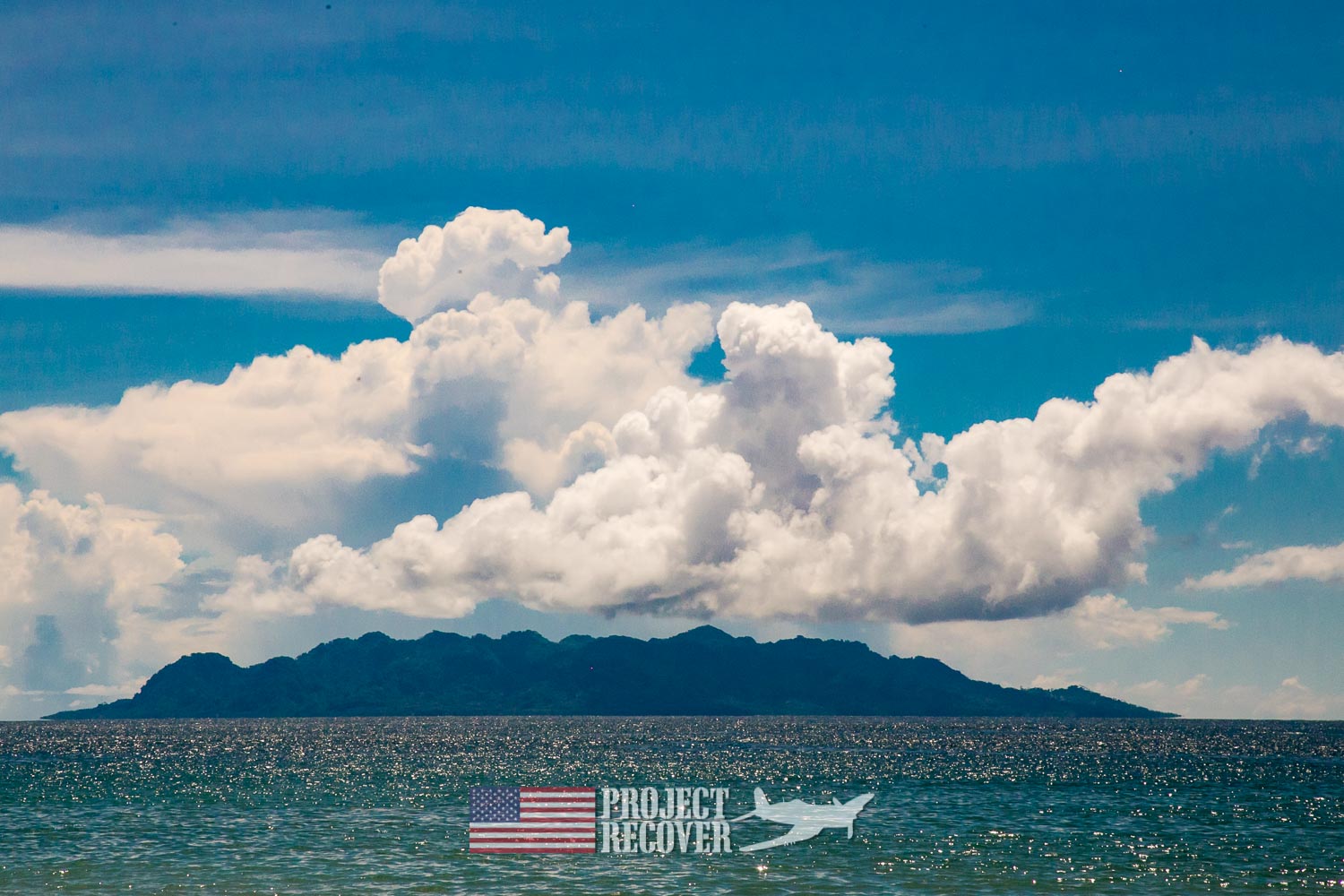
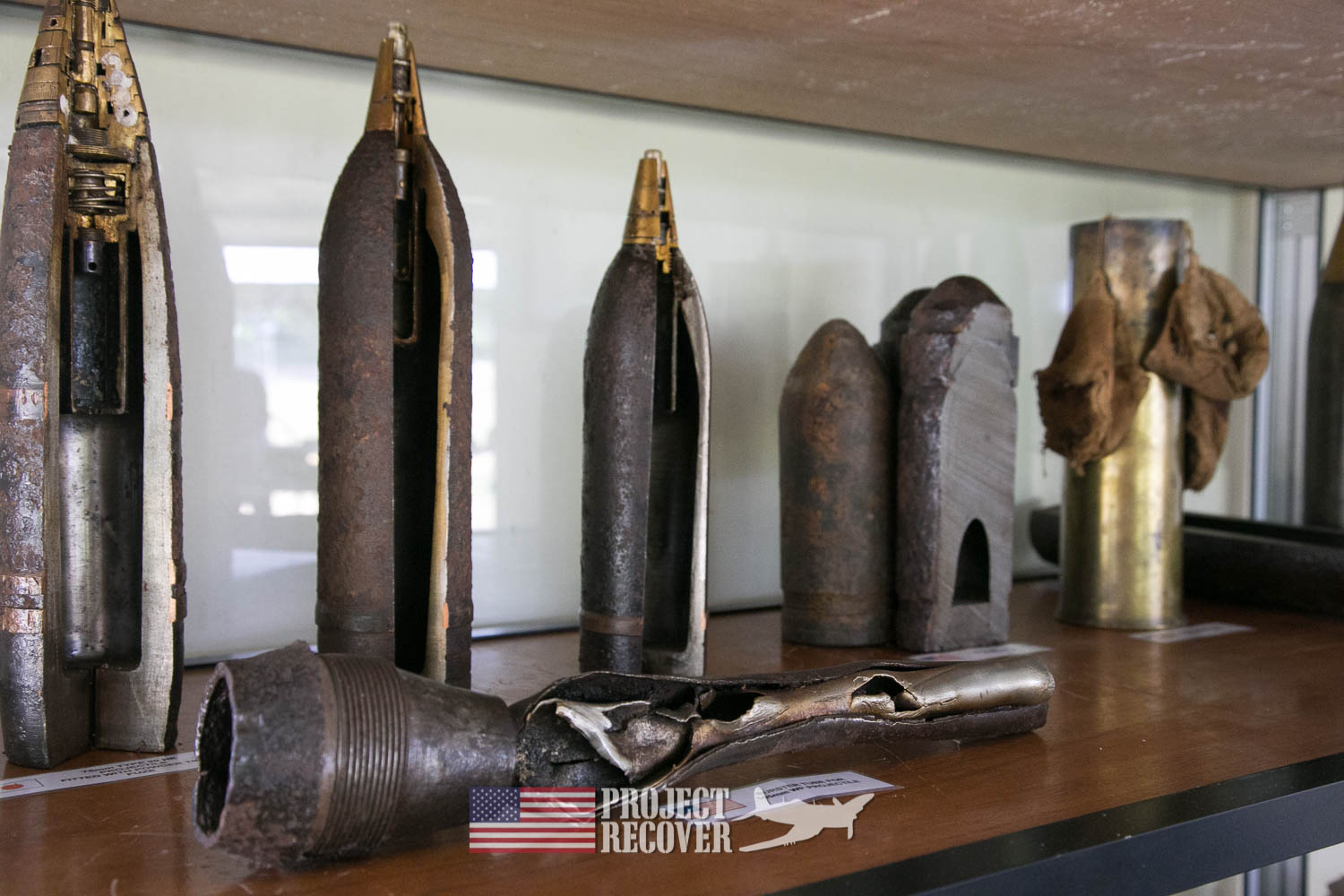
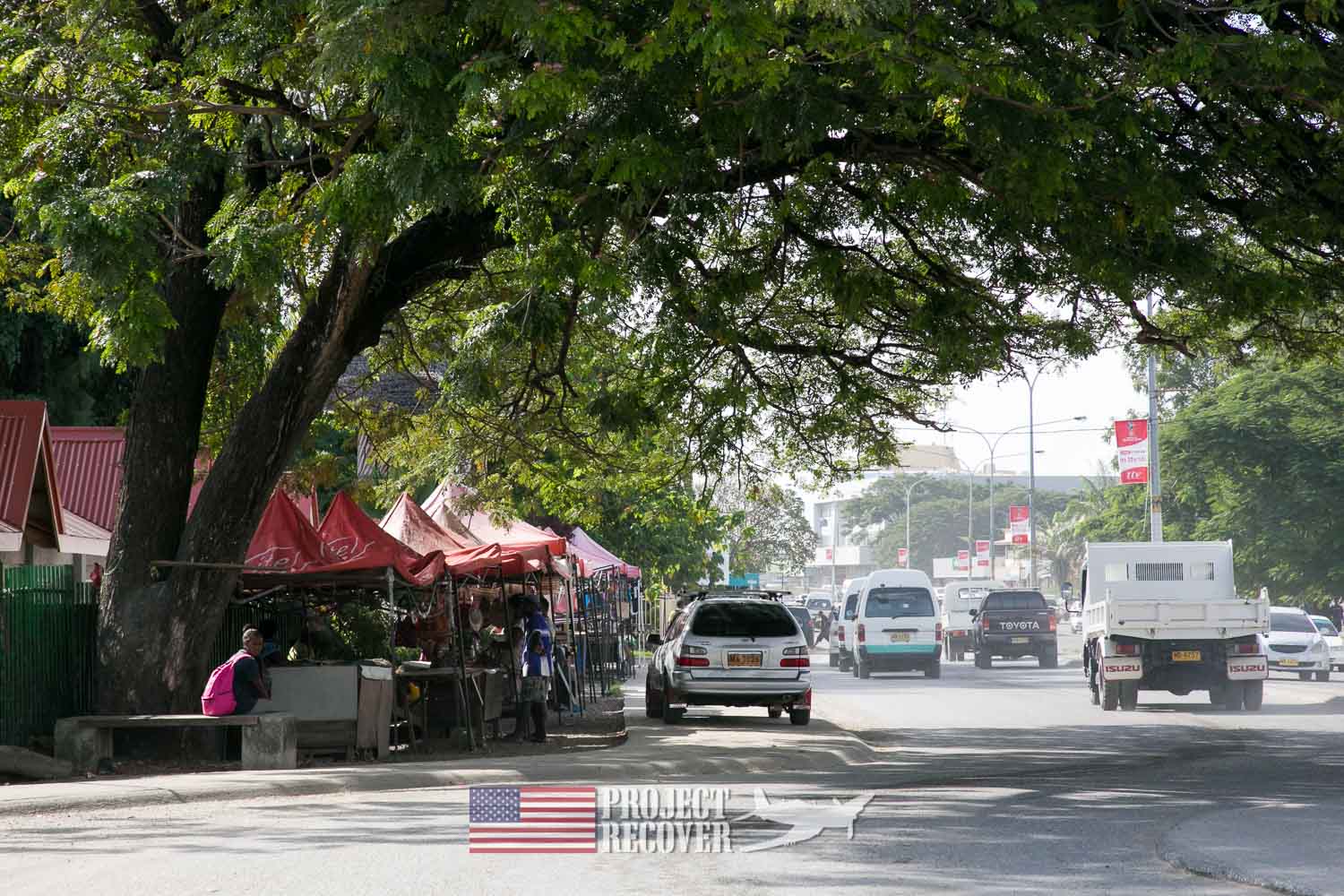
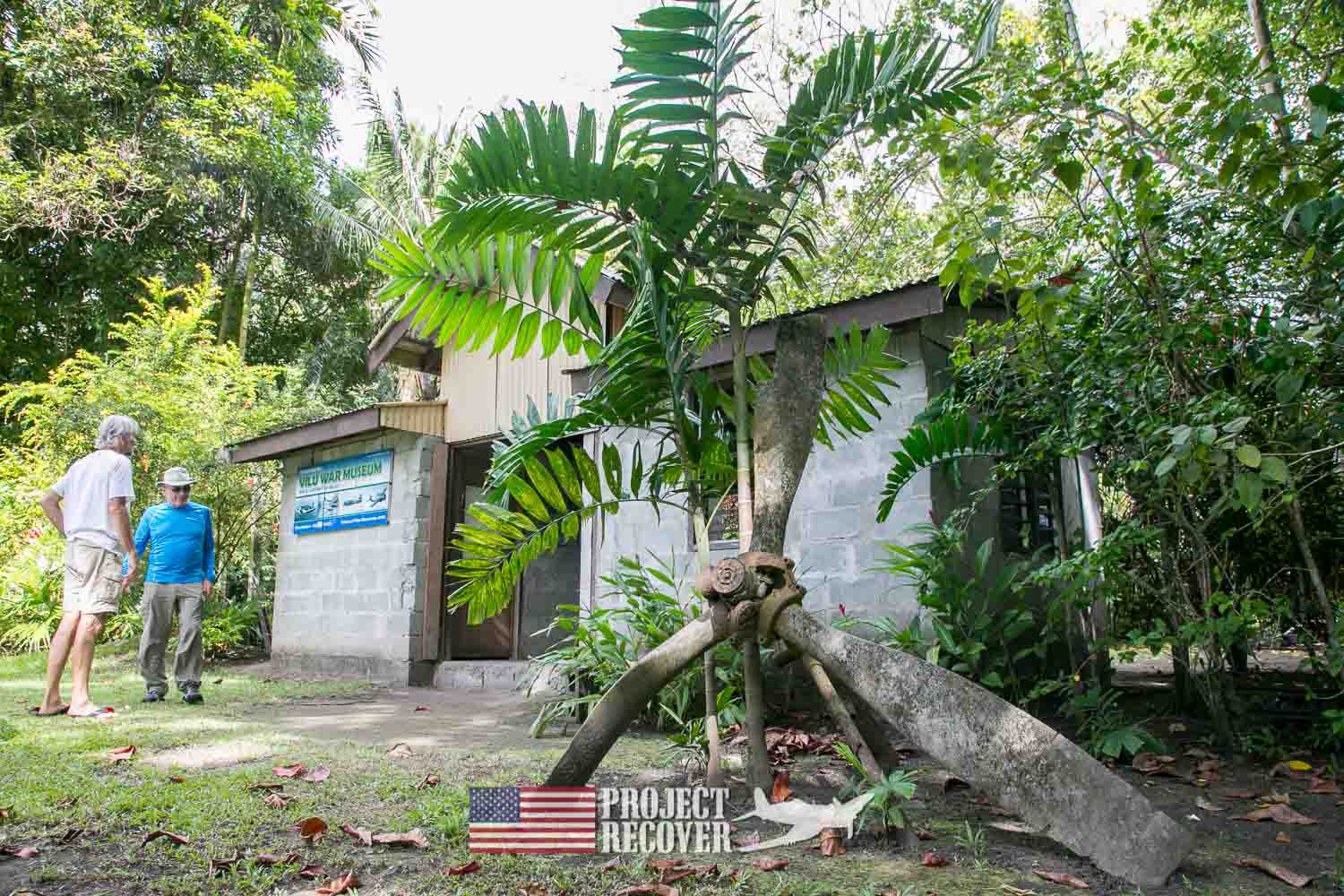
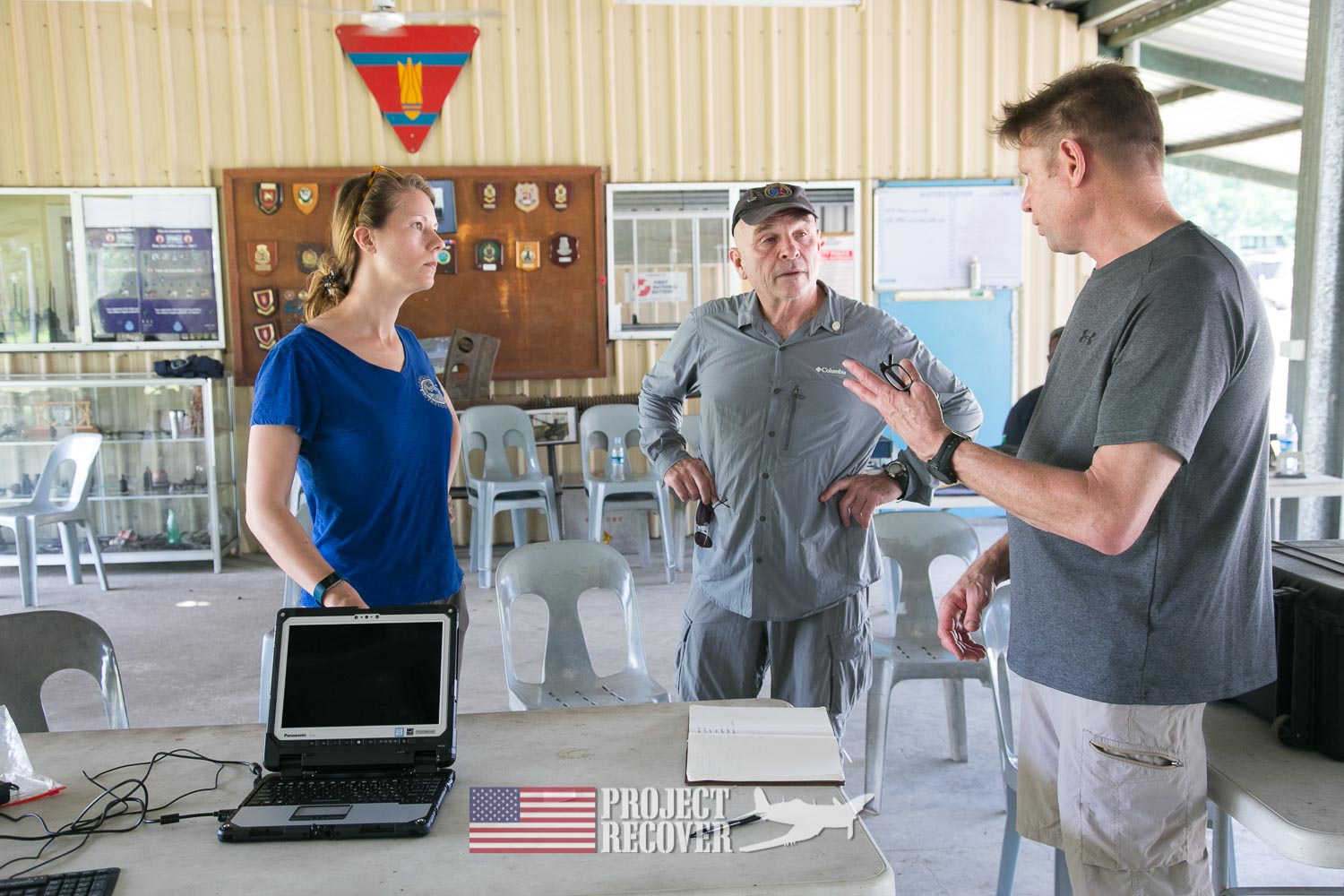
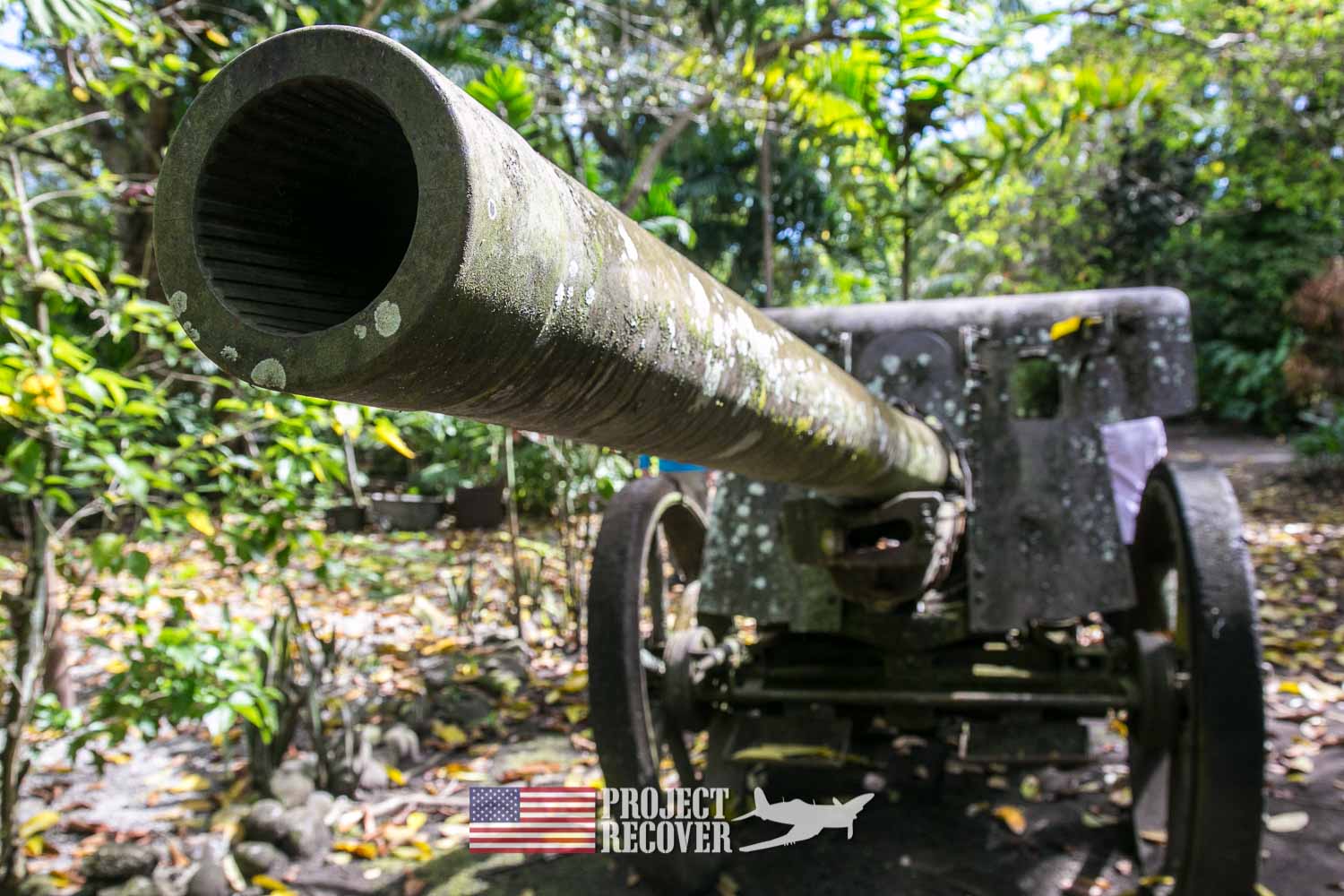
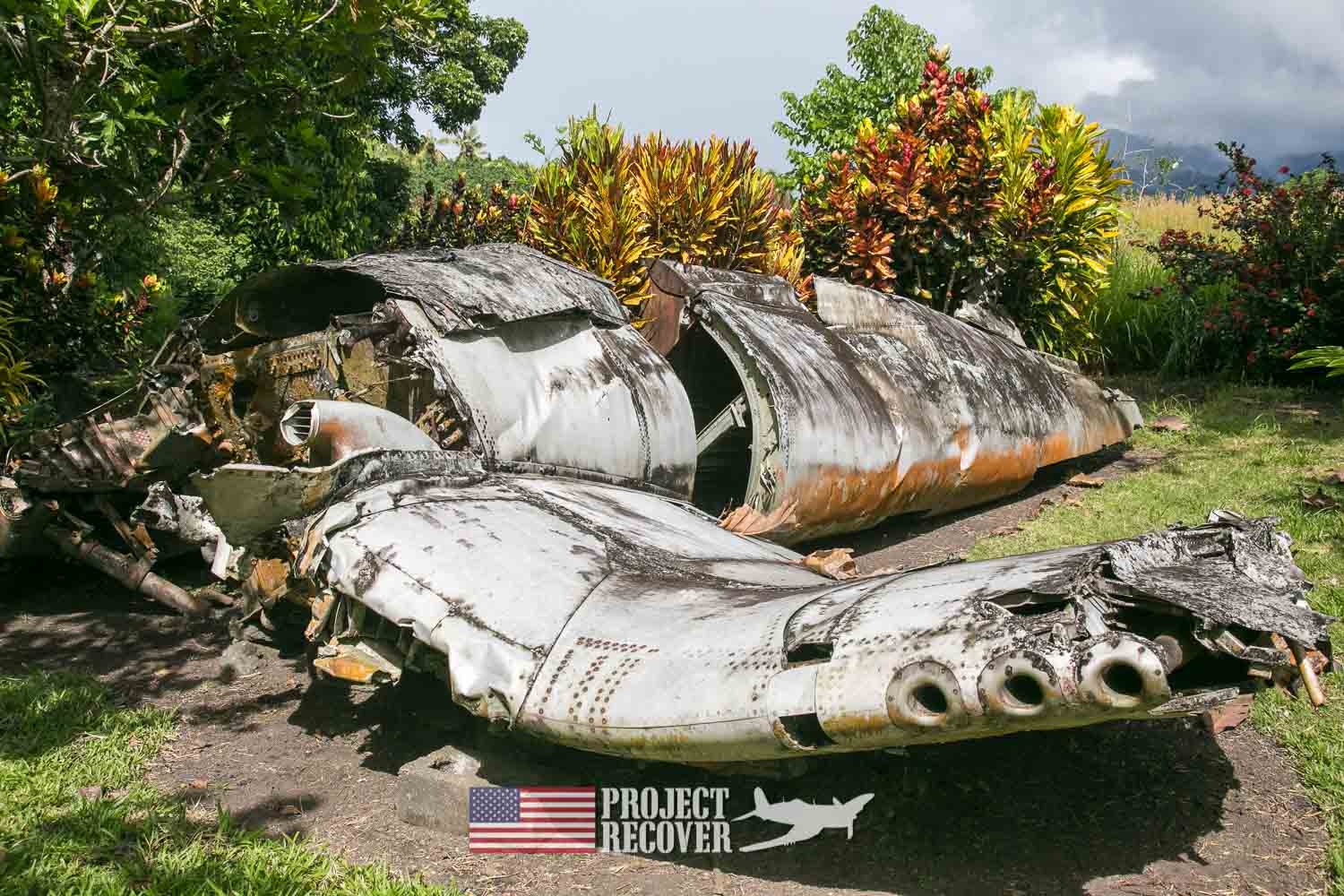
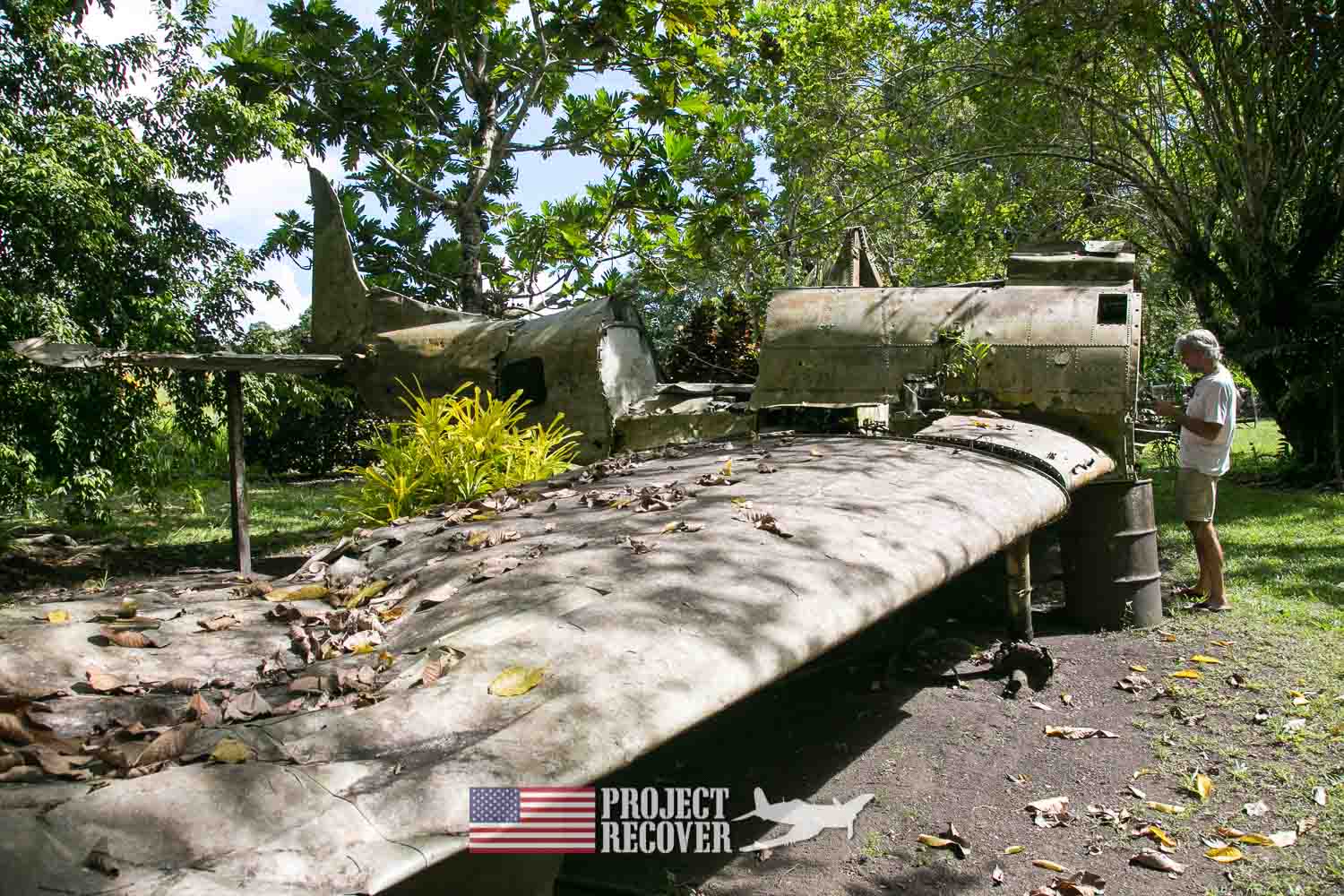
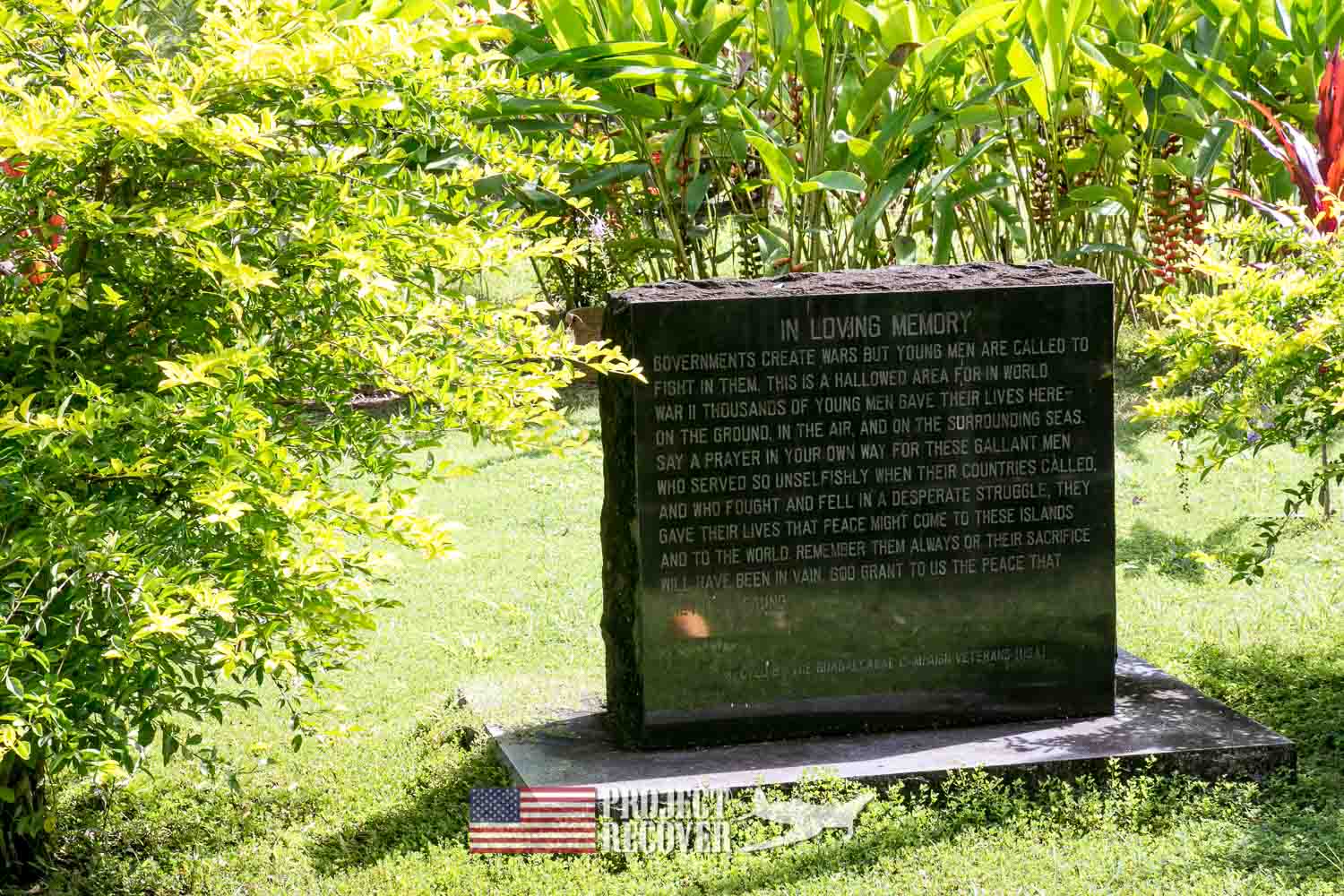
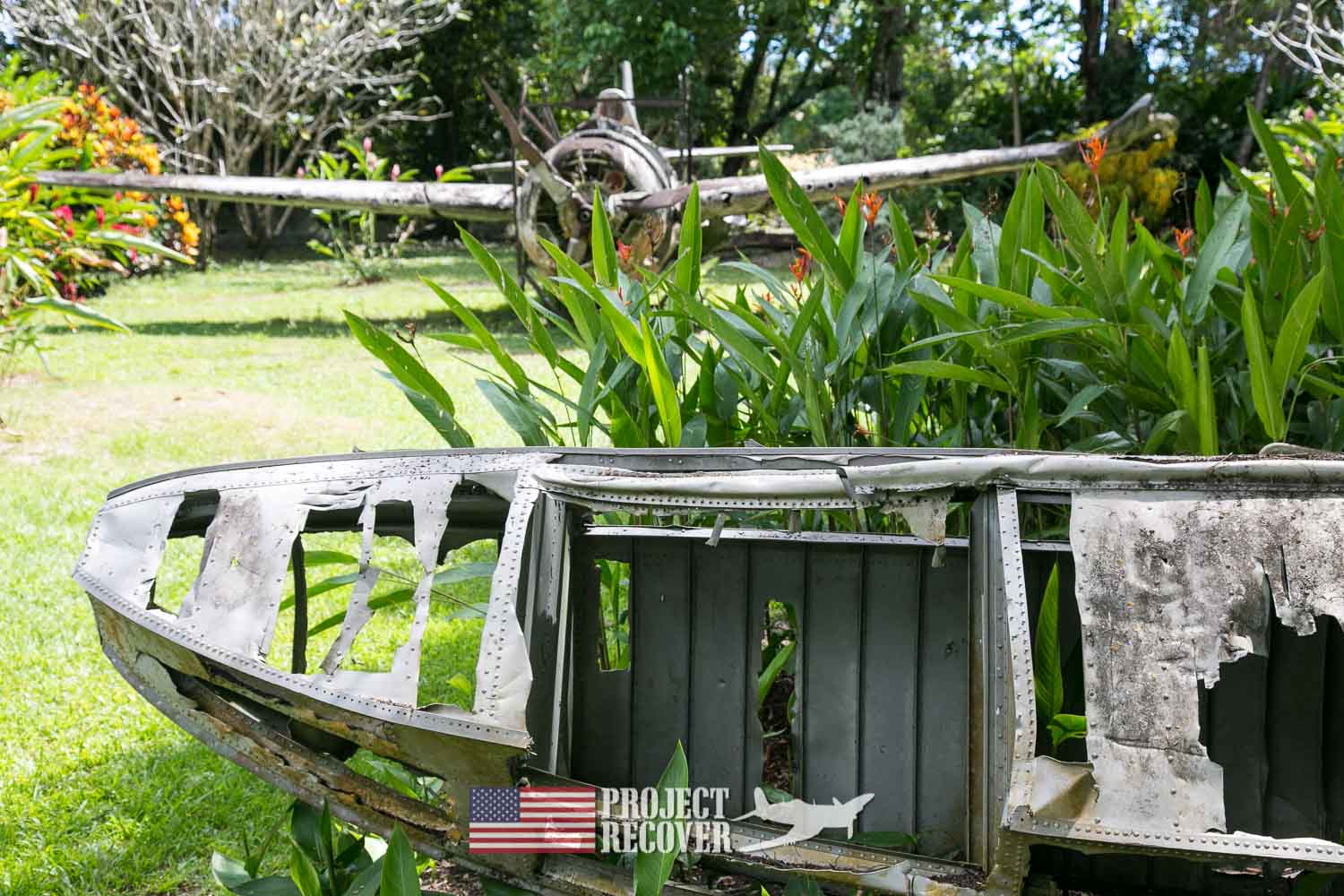
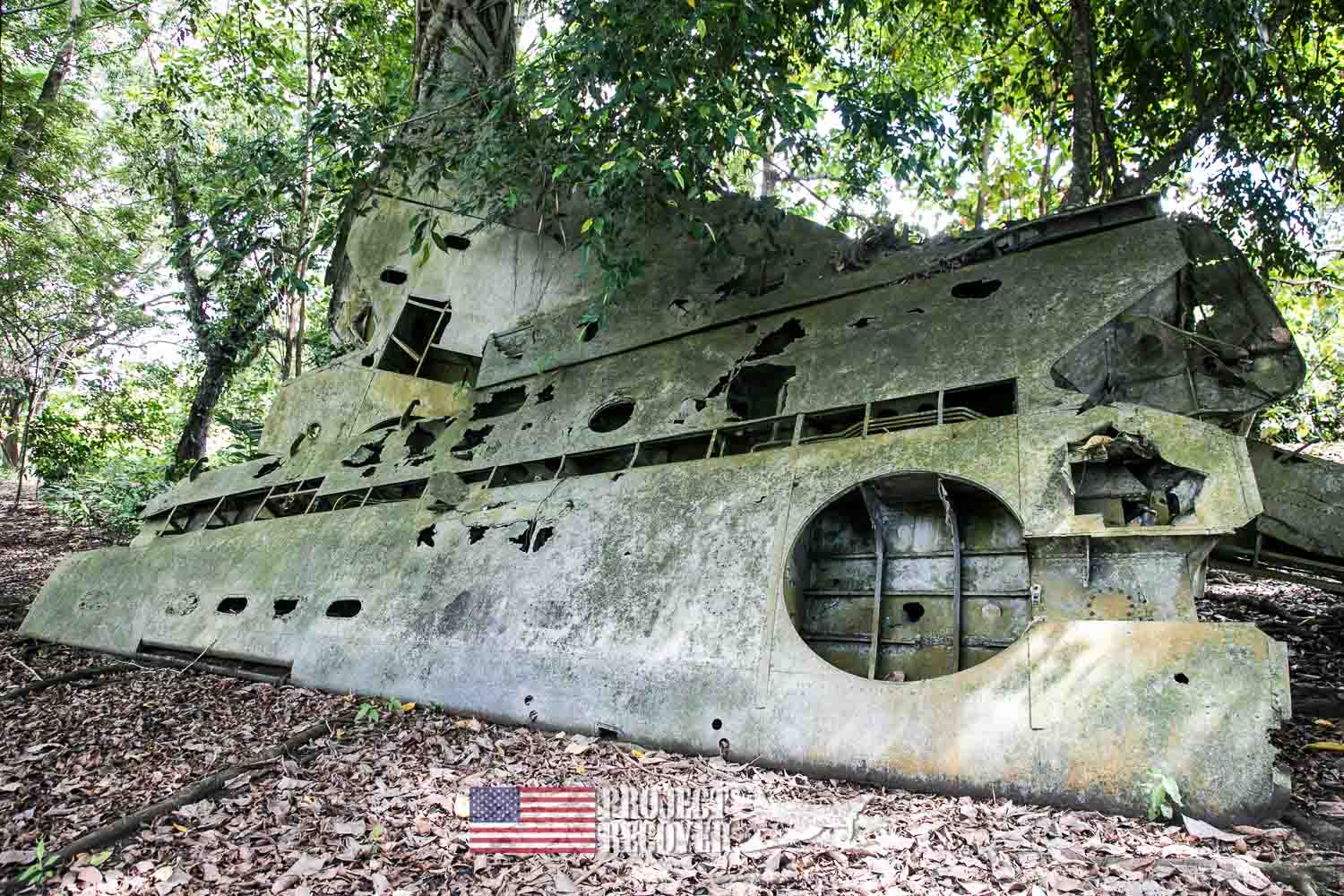
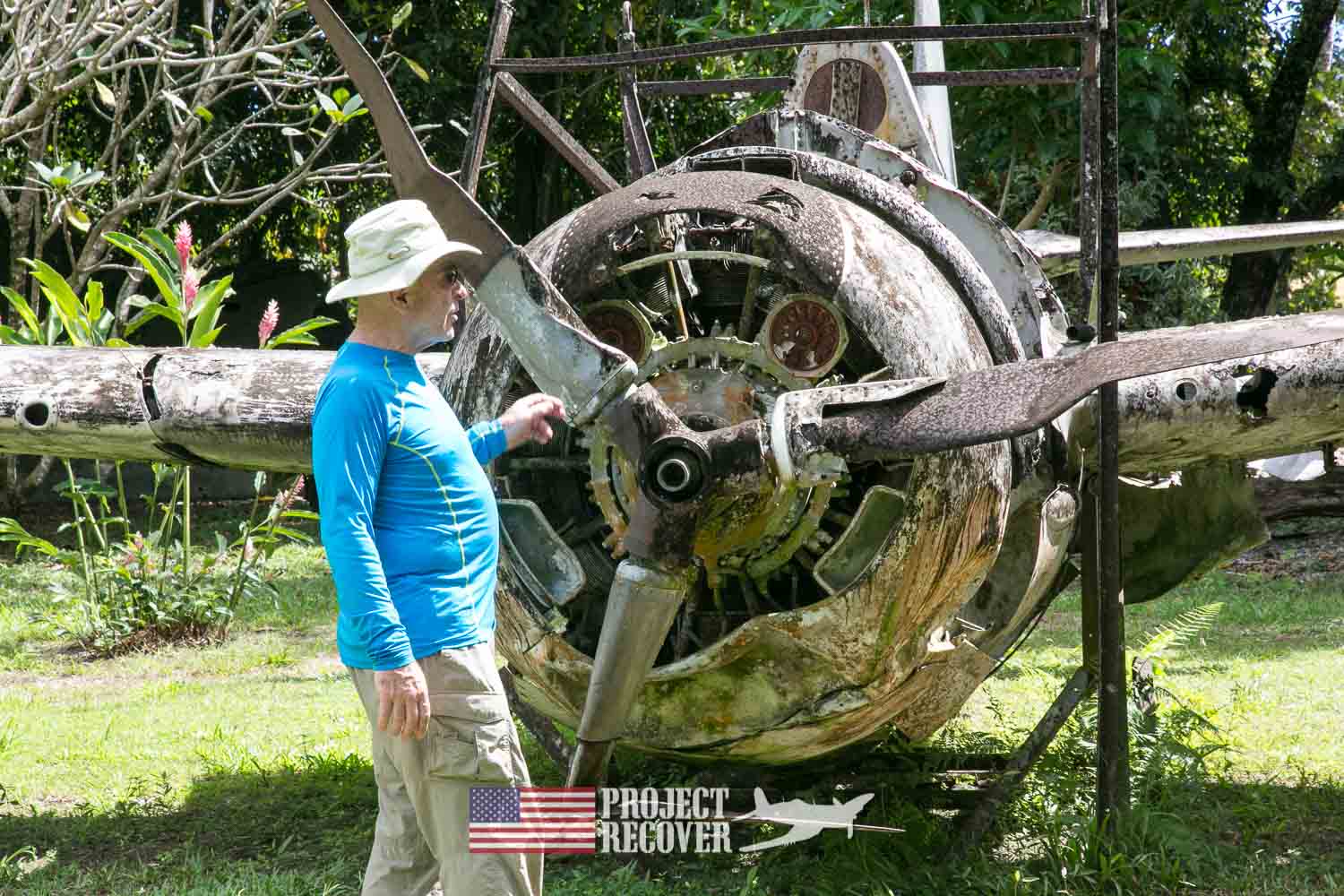
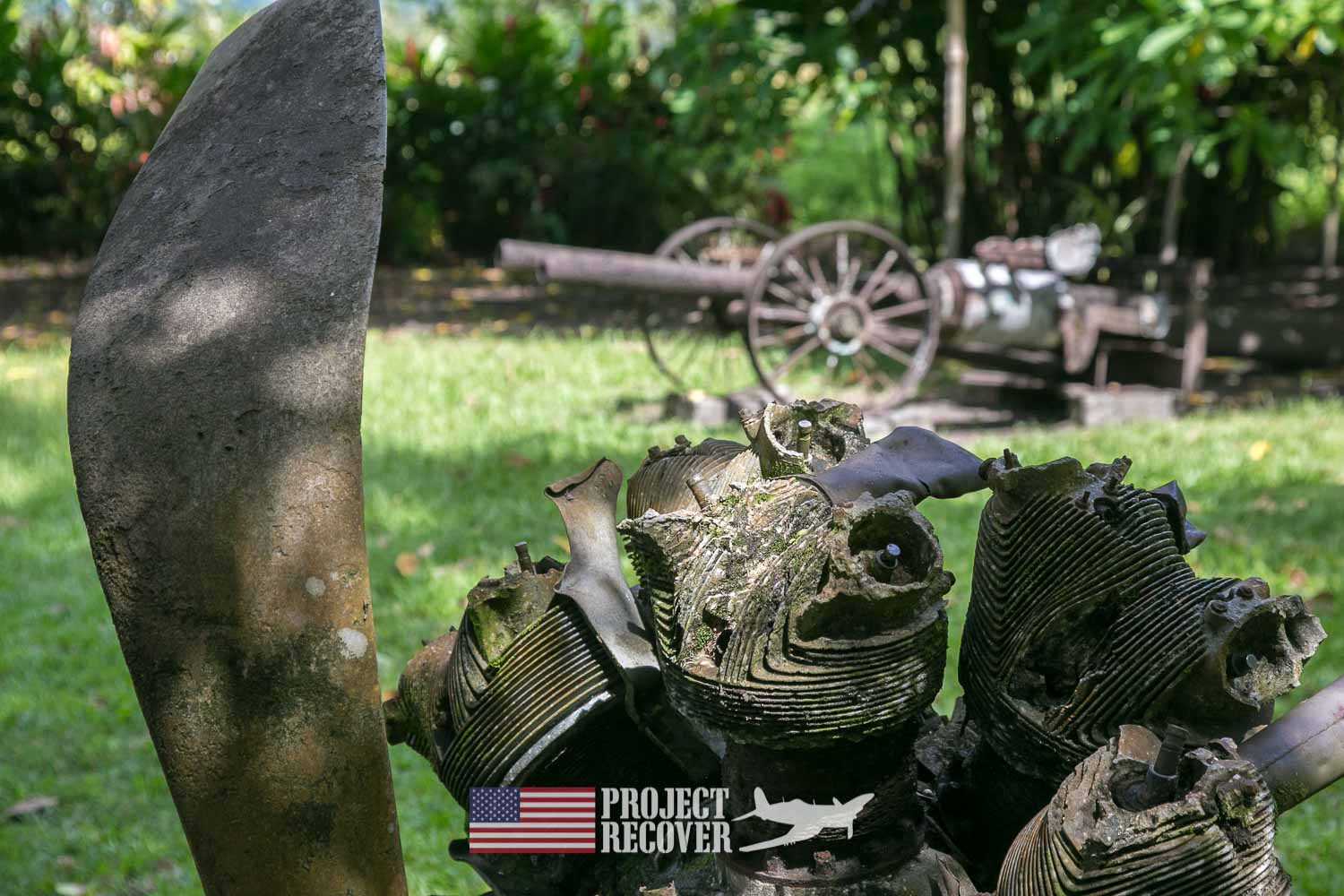
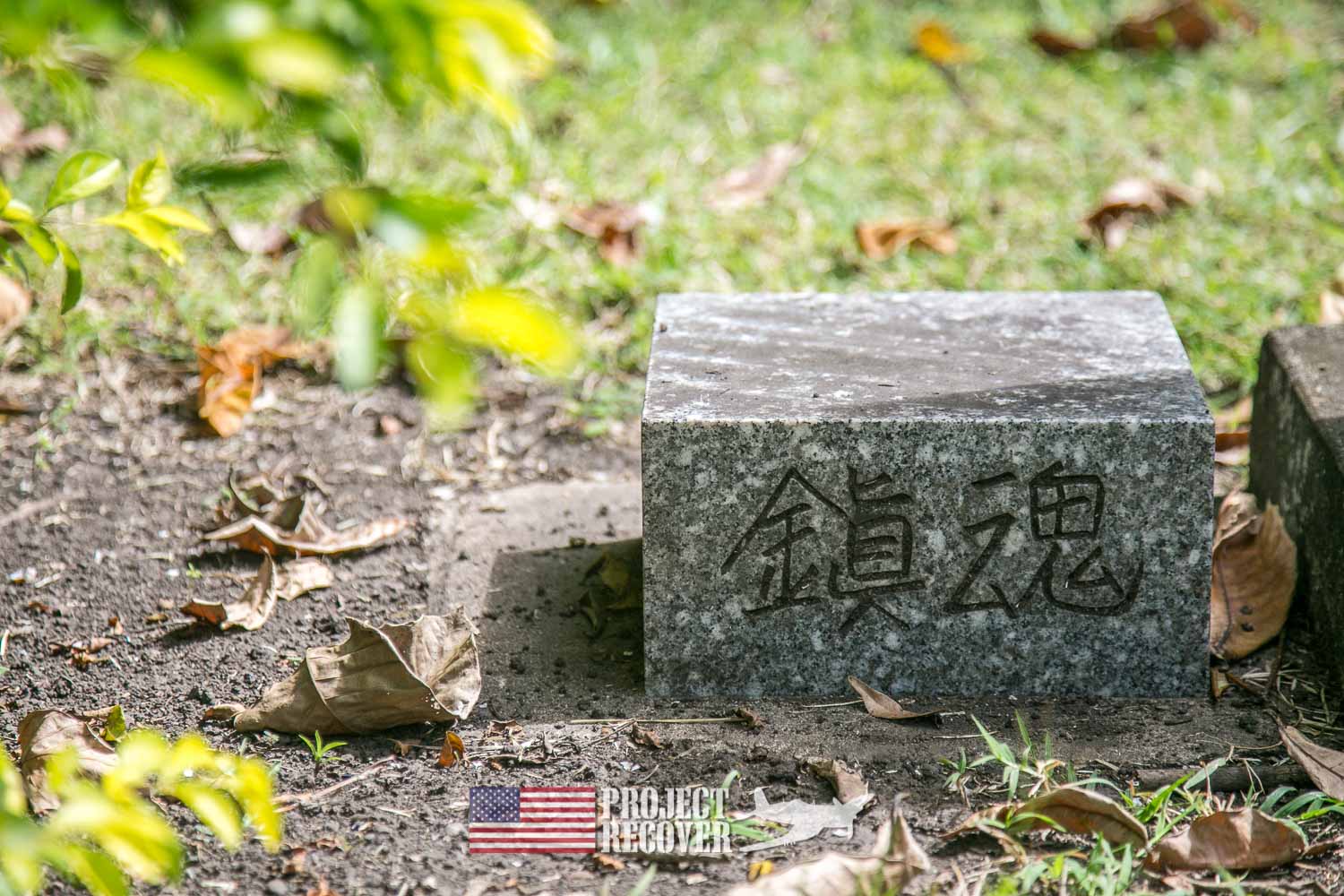
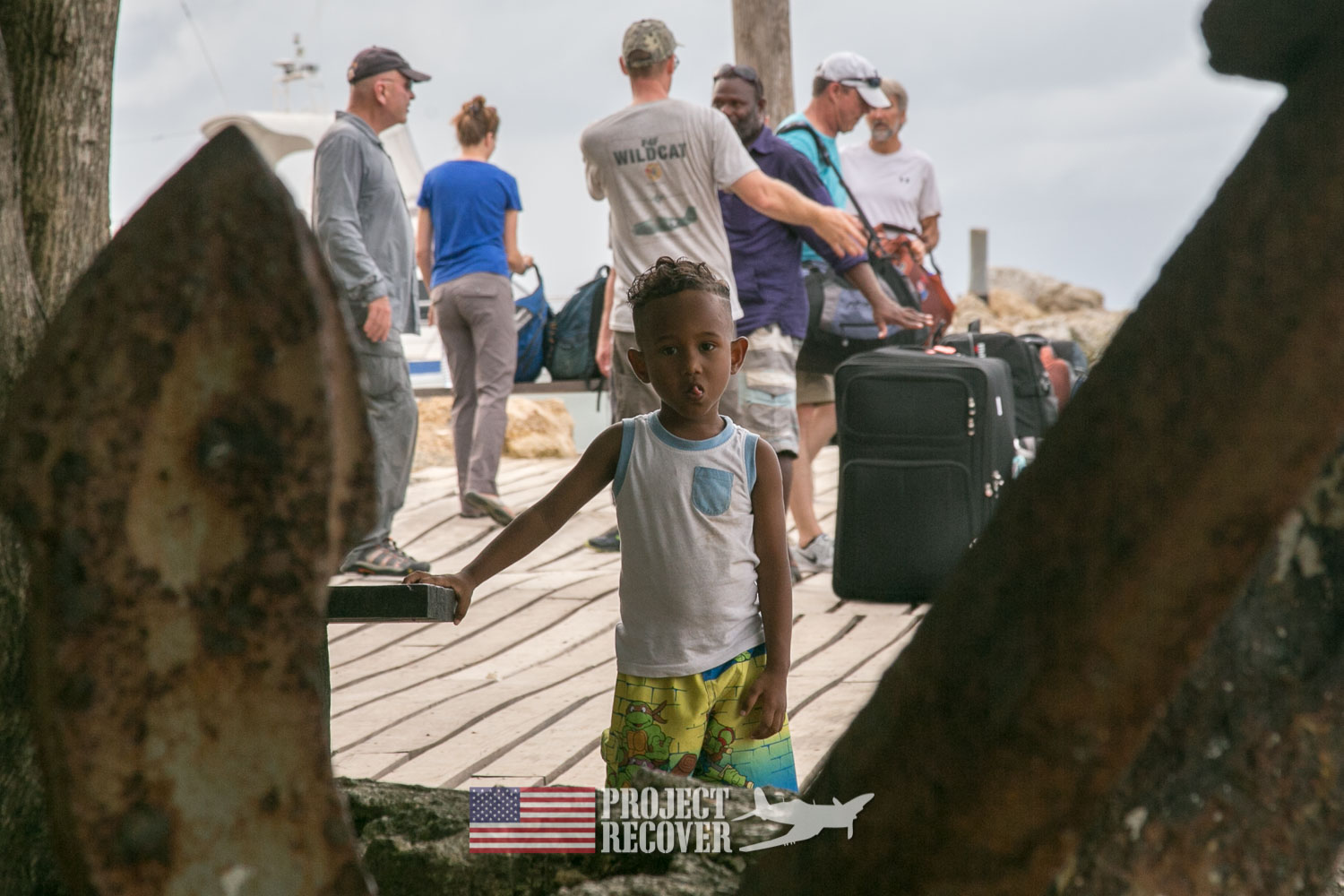
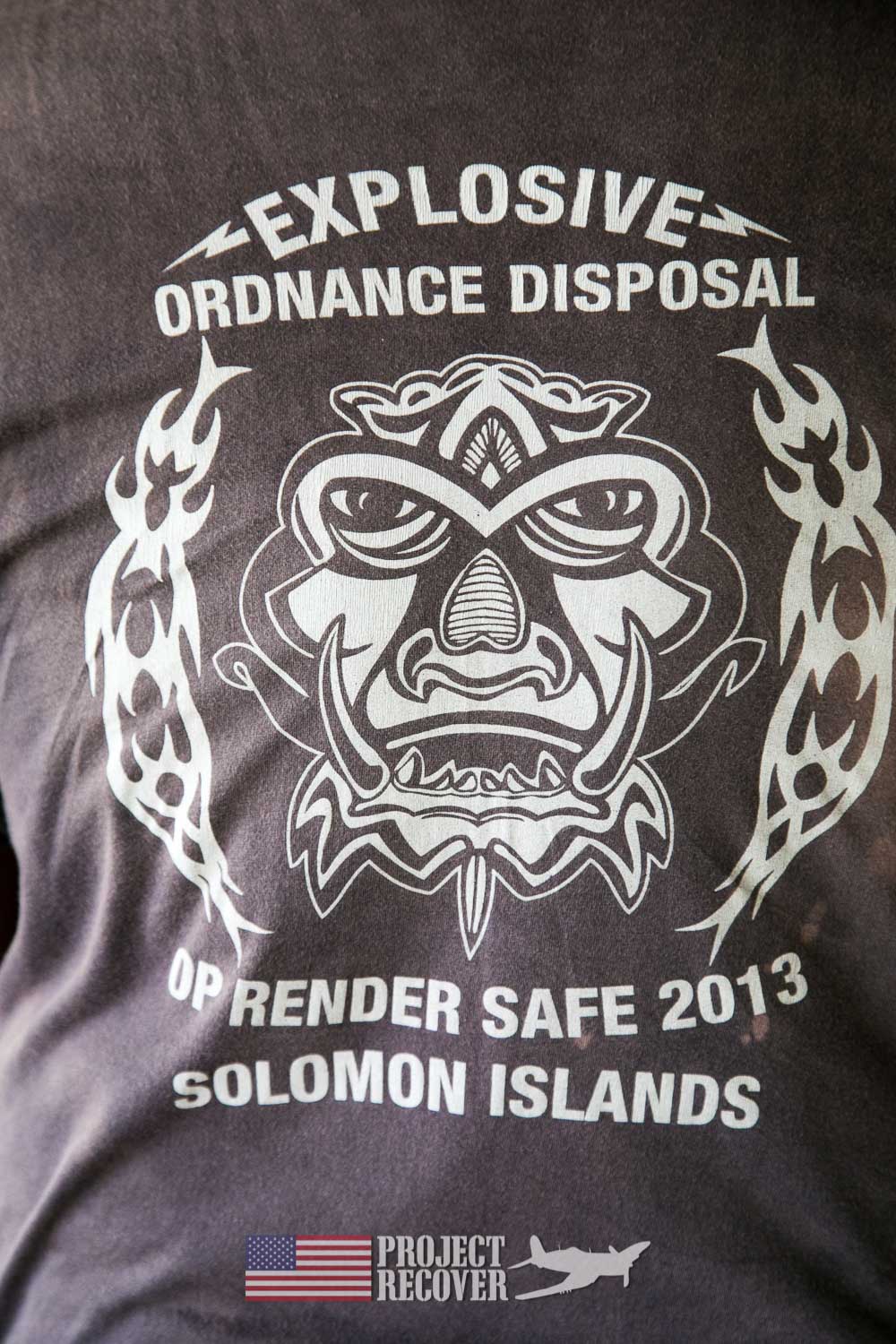

My admiration and respect go to each member of the team for his or her dedication and hard work. Would that were more like you, to remind us of what our forefathers gave.
Thanks H00P. Just doing the best we can with what we have.
I think this is a great idea to engage with your supporters and give more insight to this herculean task. I’m looking forward to the future parts in this series.
Side note, is there much from Carney Field, Guadalcanal? I’m aware that it’s effectively jungle again. My relative spent most of his time flying out of Carney as opposed to Henderson.
Thanks for the comments. We did not get to look around much, once we landed at Henderson. Focused on the expedition.
Makes sense.
Surrounded with living history everywhere. Thanks for searching for our MIA’s.
Just trying to look in the right places for our MIAs.
Thank you for what you’re doing. Prayers for a successful expedition.
Our honor to be doing this work.
Thanks for this report and many photos. Always interested in your devotion to our fallen and your many superb efforts. How can I help?
You are welcome. One at a time, doing the best we can.
Check out https://bentprop.org/apply/
Thanks for this report and the fine photographs! I truly appreciate the blood. sweat and tears that go into your efforts to bring our fallen home. I can I help?
Thank you.
Look over the web site and let us know, https://bentprop.org/apply/
Can’t say enough about your continuing searches that can bring hope to so many families. Thanks again to the “team” for all your efforts.
Mark
Appreciated. Doing our best. Headed out this week on a 3 week expedition.
Another great update! I like the fine photography, and looking forward to your photos of the actual search phase. Good luck and good hunting in these storied environs!
This is wonderful work. My GrandUncle Maj William Todd Campbell was lost in the Solomons over Buka Pass on 1/8/44 in his Corsair (BuNo 17825) with VMF-211 and never found. Holding on to hope that he will one day be brought home.
Hello Todd, anticipate being contacted shortly by BentProp to see what details you may have on your GrandUncle Major Campbell and his loss.